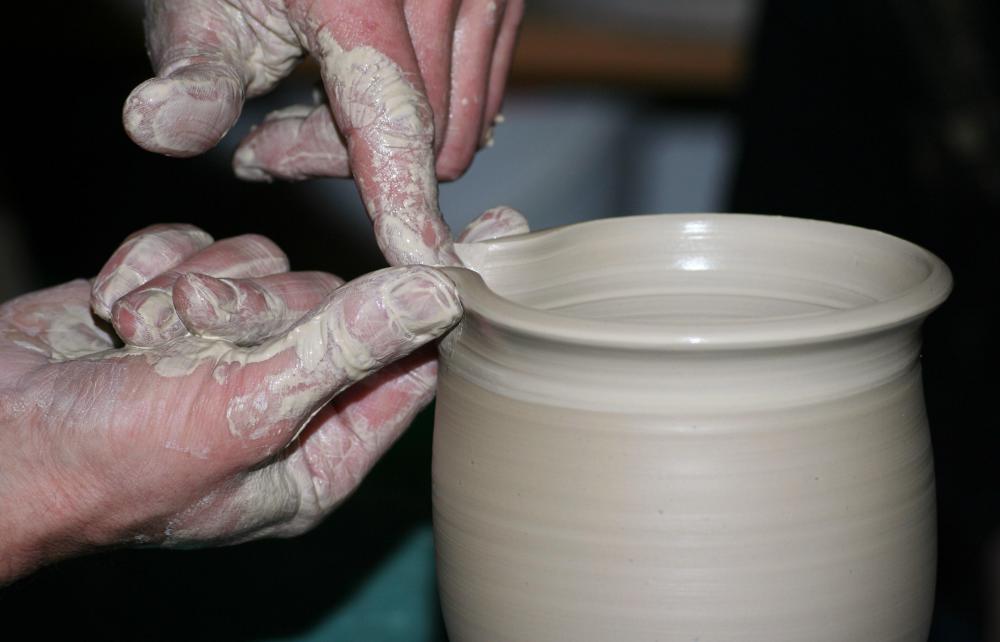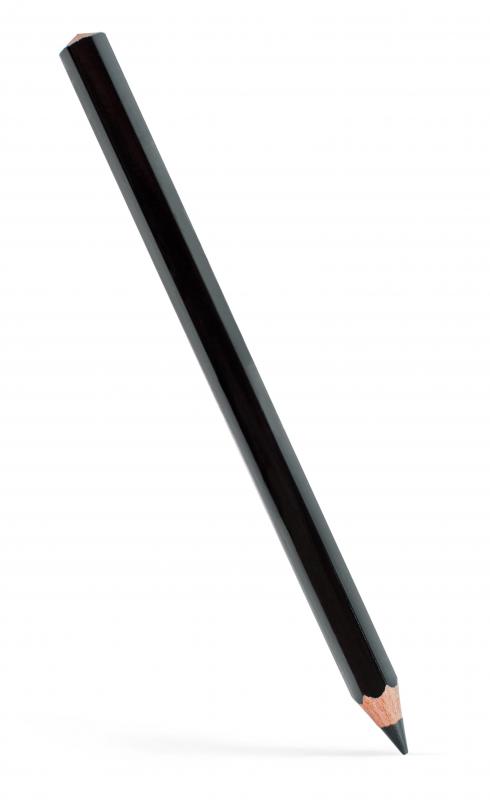At PracticalAdultInsights, we're committed to delivering accurate, trustworthy information. Our expert-authored content is rigorously fact-checked and sourced from credible authorities. Discover how we uphold the highest standards in providing you with reliable knowledge.
What is Art Education?
Art education is the process of learning about different types of artistic expression, including different media and formats for artwork and different movements and styles throughout art history. It is commonly taught to students of many age ranges and can be a focus of learning during secondary education such as at a college or university. This type of education is usually taught by art teachers and can include practical understanding, such as how to use different tools to create artwork, or an understanding of how to appreciate artwork. These classes will usually focus on basic types of artistic creation, such as drawing, painting, and sculpture, though specialized classes in subjects such as pottery, digital art, and mixed media can also be found.
Many art education classes will usually be split between practical knowledge and theoretical knowledge, teaching both how to create artwork and an appreciation for the work others create. An art teacher will often be an experienced artist with a background both in different types of artistic creation and teaching pedagogies. While a specialized art class in a subject such as art history could focus primarily on learning through lecture and reading, most classes will allow students to create their own artwork and view the work of others, both students and masters, to better understand artistic expression.

While art and the creation of art can be seen as a highly subjective experience, art education seeks to find common bonds between artists and viewers. Though this may be difficult, an effort is still made to create a baseline by which art can be evaluated and critiqued. This is often done regarding technical aspects of artistic creations, such as perspective and proportion. While some works studied in these classes, such as those created by surrealists or abstract expressionists, may escape easy analysis using these methods, it can still be helpful.

Students in art education are usually taught proper handling of various artistic tools, such as pencils, chalk, paint brushes, and sculpting tools. Basic classes will often give an overview of these different mediums and introduce students to these forms of art, allowing them to find areas where they may be interested in further study. More advanced art classes will often encourage students to pursue specific areas of interest, providing the students with opportunities to develop their skills in what they are passionate about. Art education is often one of the first areas of study to get cut from school budgets when finances are lacking, making it an often underfunded field of study.
AS FEATURED ON:
AS FEATURED ON:















Discussion Comments
I was once an art teacher but now I work mostly as an artist. I like creating art more than teaching art but I recognize the need to give back. My talents and interests were nurtured when I was younger by several excellent art teachers. If I can have that same kind of impact in the life of just one child then everything will have been worth it.
I graduated with an arts education degree but I have had a terrible time finding a job. It seems like most art teachers are either long entrenched in their jobs, or their jobs are being phased out entirely. It doesn't leave much room for new art teachers and I have had to expand my job search considerably. I started out looking only for jobs in my city, then just my state, then the region and now I am looking nationally.
Are there any art teachers out there who can offer me some advice? How did you find the jobs you have? How did you distinguish yourself from other candidates? Finally, and probably most importantly, how do we convince people that arts education is a vital part of the educational experience? In a decade or so this might become a problem for all of us.
What does it say about us as a society that we feel no need to cultivate the imaginations and the artistic skills of our youth? It is like we want to train a generation of job seeking robots. If we cannot believe in the value and the potential of art then what can we believe in? Art is what makes us human.
Post your comments